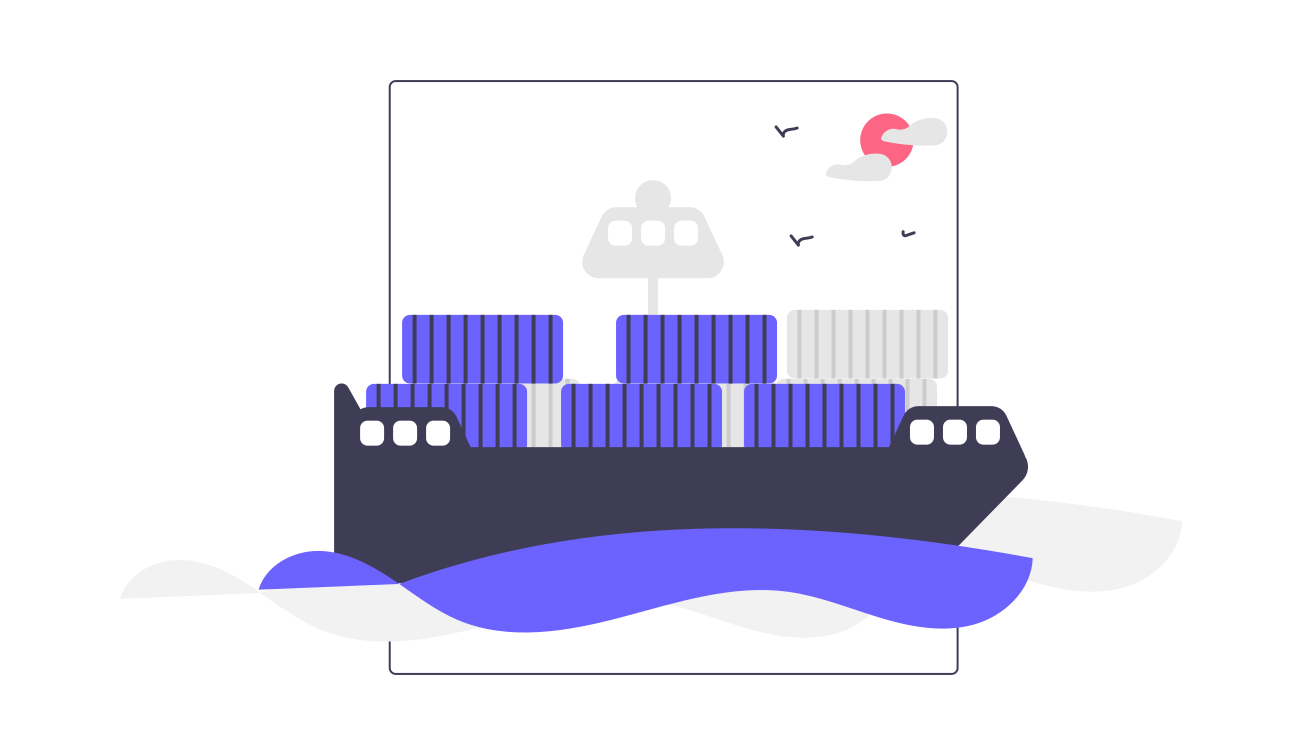In the logistics and supply chain industry, the ability to tailor marketing efforts to individual accounts can significantly improve customer engagement, streamline operations, and boost overall efficiency. This blog delves into the best practices for incorporating personalization into account-based marketing (ABM) within this sector.
Understanding the Impact of Personalization in ABM
Personalization in ABM focuses on creating bespoke marketing strategies for specific accounts, ensuring that each message and offer is highly relevant. For the logistics and supply chain industry, this approach can lead to better alignment with customer needs, improved client relationships, and increased operational effectiveness.
1. Data Collection and Analysis
The foundation of effective personalization is accurate and comprehensive data collection. Key data sources to consider include:
- CRM Systems: Centralize customer data by integrating your customer relationship management system with your ABM platform.
- Website Analytics: Utilize tools such as Google Analytics to monitor visitor behavior and identify trends.
- Industry Reports: Leverage industry-specific reports to understand broader market trends and customer needs.
Analyzing this data helps identify key customer segments and their unique requirements, laying the groundwork for targeted marketing efforts.
2. Segmentation and Targeting
Segmentation divides your customer base into distinct groups based on shared characteristics. In the logistics and supply chain industry, effective segmentation might include:
- Company Size: Different approaches for small businesses versus large enterprises.
- Industry Type: Tailored strategies for retail, manufacturing, or technology sectors.
- Geographical Location: Customized solutions for different regions based on local logistics challenges and regulations.
By accurately segmenting your audience, you can create targeted and relevant marketing campaigns that address the specific needs of each group.
3. Personalized Content Creation
Content is a critical component of any ABM strategy. To engage your audience effectively, develop personalized content that speaks directly to their needs and challenges. Types of personalized content include:
- Customized Emails: Address recipients by name and include relevant industry insights or solutions.
- Dynamic Webpages: Use adaptive content to create personalized landing pages that reflect the visitor's industry or role.
- Tailored Proposals: Provide detailed proposals that address the unique logistics challenges of each account.
Personalized content not only captures attention but also demonstrates a deep understanding of the customer's business, fostering trust and loyalty.
4. Leveraging AI and Automation
AI and automation tools can significantly enhance your personalization efforts by:
- Predicting Customer Needs: Use predictive analytics to anticipate customer requirements and tailor your offerings accordingly.
- Automating Outreach: Set up automated workflows to deliver personalized content at optimal times.
- Optimizing Campaigns: Continuously refine your campaigns based on performance data to improve effectiveness.
These technologies allow you to scale your personalization efforts efficiently, ensuring that each customer receives relevant and timely communication.
5. Omnichannel Personalization
In the logistics and supply chain sector, customers interact with your brand across multiple channels, including digital platforms, direct communication, and physical interactions. To provide a seamless experience, it’s crucial to personalize interactions across all touchpoints. Strategies for omnichannel personalization include:
- Consistent Messaging: Maintain uniform messaging across all channels to reinforce your brand’s value proposition.
- Integrated Data Systems: Ensure that data from all channels is integrated and accessible to provide a holistic view of customer interactions.
- Channel-Specific Strategies: Tailor your content and offers to the unique attributes of each channel.
An effective omnichannel approach ensures that customers experience a consistent and personalized journey, enhancing satisfaction and loyalty.
6. Measuring and Optimizing Performance
To maximize the impact of your personalization efforts, it is essential to measure and optimize your performance continuously. Key metrics to track include:
- Engagement Metrics: Monitor open rates, click-through rates, and conversion rates to evaluate the effectiveness of your campaigns.
- Customer Feedback: Collect and analyze customer feedback to gain insights into their experience and identify areas for improvement.
- Operational Metrics: Track metrics such as delivery times, error rates, and customer satisfaction to assess the impact of your ABM efforts on operational efficiency.
Regularly reviewing these metrics allows you to make data-driven adjustments to your personalization strategies, ensuring continuous improvement and optimal results.
Conclusion
Personalization is a powerful tool in the logistics and supply chain industry's ABM strategy. By collecting and analyzing data, segmenting your audience, creating personalized content, leveraging AI and automation, implementing omnichannel personalization, and continuously measuring performance, you can enhance customer engagement, streamline operations, and drive growth. Embrace these best practices to stay ahead in a competitive market and deliver exceptional value to your customers.


